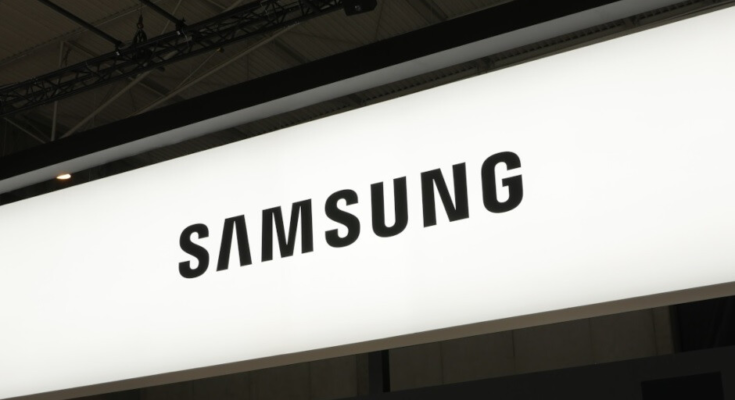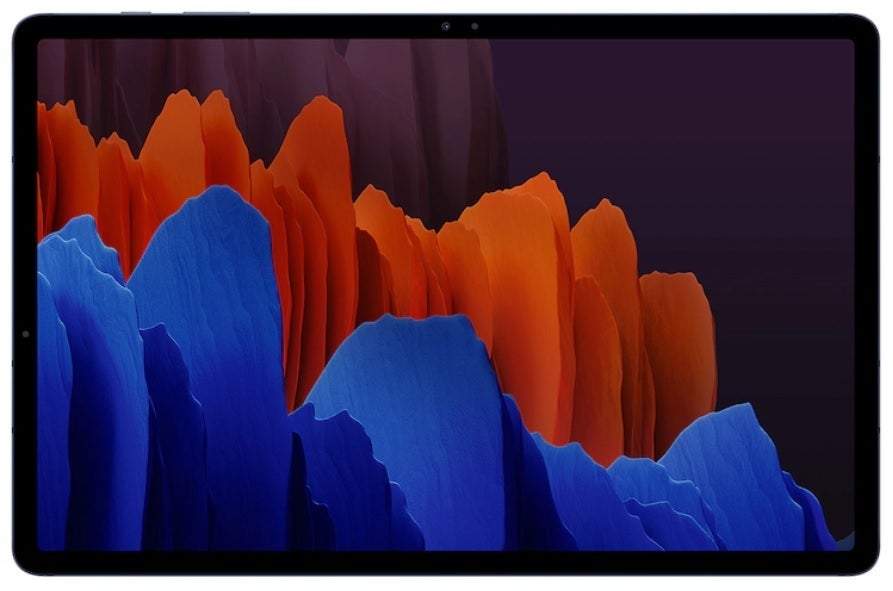There was a time period when the tablet market was pretty much moribund. Unlike phones, tablets weren’t being manufactured with new features designed to have you shelling out for a new model each year. At the same time, larger phone display sizes led many consumers to wonder what the hell they needed a tablet for anyway.
Samsung rumored to release powerful new tablets early next year including one “Ultra” model
On a quarterly basis, tablet sales peaked globally during the fourth quarter of 2013 at 78.6 million units shipped according to
Statista. That number dropped to 25.7 million units shipped during the initial quarter of 2020 before rebounding during the fourth quarter of that year at 52.2 million slates delivered. Sure, that quarter
Apple delivered the most recent
iPad Air (2020) powered by the new 5nm A14 chipset sporting 11.8 billion transistors, but there was another reason for the resurgence of the tablet during that time period.
Samsung’s current top-of-the-line tablet, the Galaxy Tab S7+
What made the tablet market turn around was the global spread of the pandemic. Unable to work from the office or attend school, parents and their children turned to tablets for work and lessons. And when the day was through, the very same device that was so invaluable during the working day became the go-to device for streaming video, music, and playing games during the evening hours.
All of a sudden, the iPad was in demand. During the fiscal second quarter of 2021,
iPad revenue rose a whopping 79% on a year-over-year basis. And this year, Apple is powering its high-end premium
iPad Pro slate with the same M1 chip that it uses on some Mac models. Also manufactured using TSMC’s 5nm process node, each M1 SoC carries an incredible mind-blowing 16 billion transistors.
Samsung also offered high-end tablets last year with the
Galaxy Tab S7 and
S7 Plus. Both models are powered by the Snapdragon 865+ chipset. The former carried an 11-inch display while the screen on the latter weighed in at 12.4-inches. The slates both come with a 120Hz refresh rate that updates the display 120 times per second.
SamMobile says that the manufacturer is working on an all-new line of powerful tablets that are expected to be released early next year including the Samsung Galaxy Tab S8 and S8 Plus. However, a third extremely powerful tablet is said to be in the works for early next year supposedly titled the Galaxy Tab S8 Ultra, borrowing the name that Sammy used for its top-of-the-line flagship handsets in 2020 and 2021.
The Galaxy Tab S8 Ultra will reportedly feature a 14.6-inch OLED display, 1.7 inches larger than Apple’s largest sized 12.9-inch iPad Pro model. The battery keeping the Galaxy Tab S8 Ultra up and running is said to weigh in at 12000mAh. The trio will each support the S Pen, a premium QWERTY keyboard accessory, and will connect to Wi-Fi, LTE, and 5G signals.
Apple and Samsung are the top two tablet manufacturers worldwide and both have been helped by the pandemic
Pricing of the three tablets, based on converting rumored Korean Won prices to U.S. Dollars (hardly a foolproof method for estimating prices stateside) could start at $740 for the Tab S8, rise to $1,120 for the Tab S8+ and hit $1,320 for the Tab S8 Ultra.
Apple and Samsung are the top two tablet providers in the world in that order, which seems rather obvious. Both firms continue to innovate when it comes to their slates. For example, the first iPad to use an OLED display is rumored to be a 10.8-inch or 10.9-inch iPad Air model and
this might surface in 2022 or 2023. The iPad Air (2020) featured a new version of Touch ID which hides the fingerprint scanner under the power button located on the side of the device.
The big question is whether the rebounding demand for tablets continues even when the number of people coming down with COVID finally dwindles to more manageable numbers.






